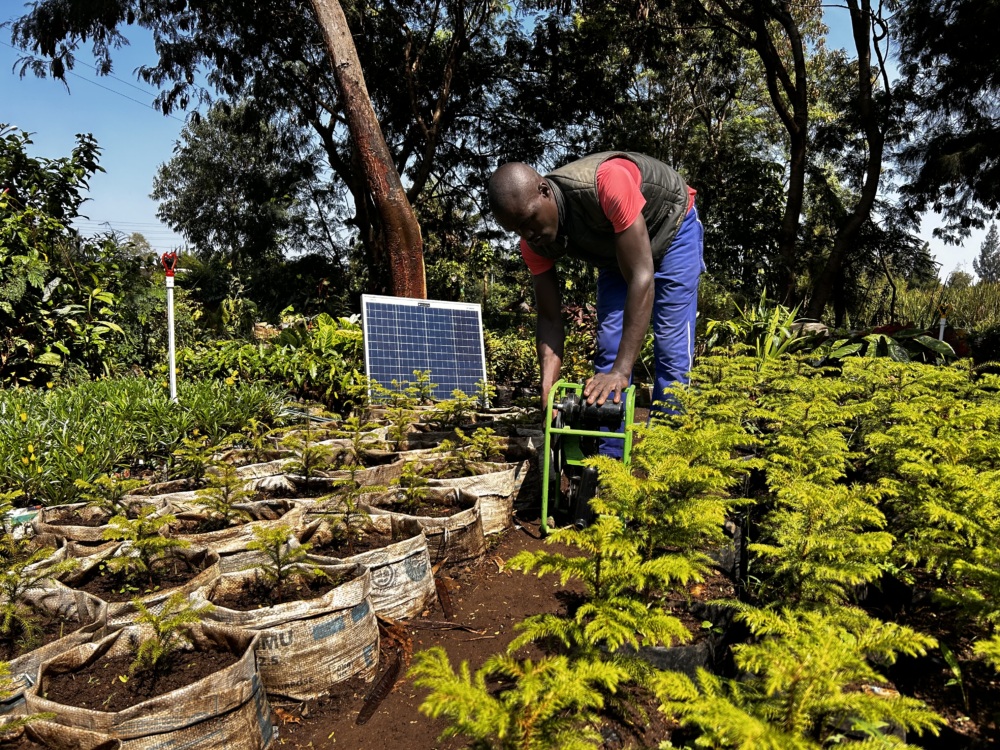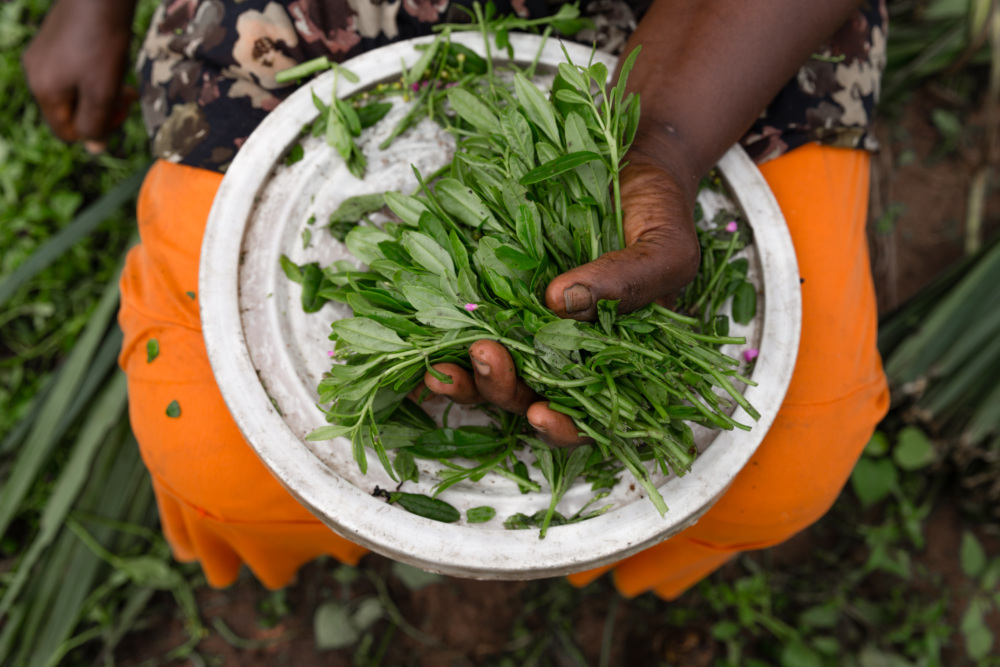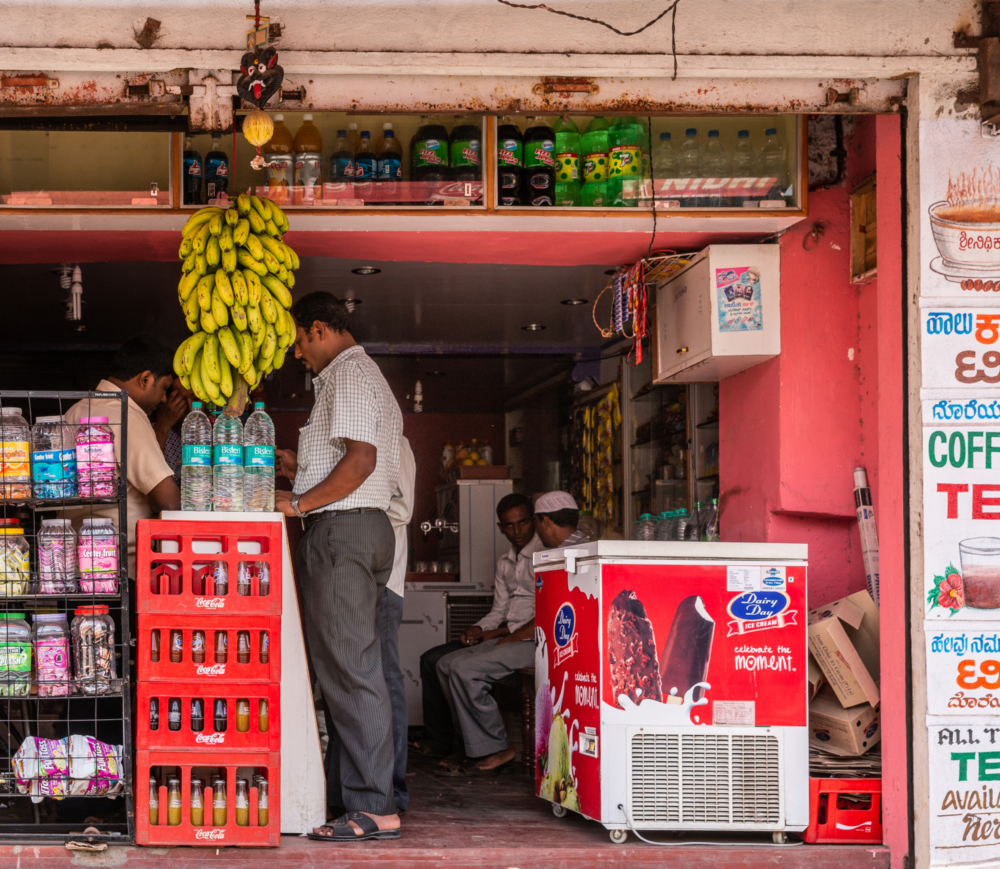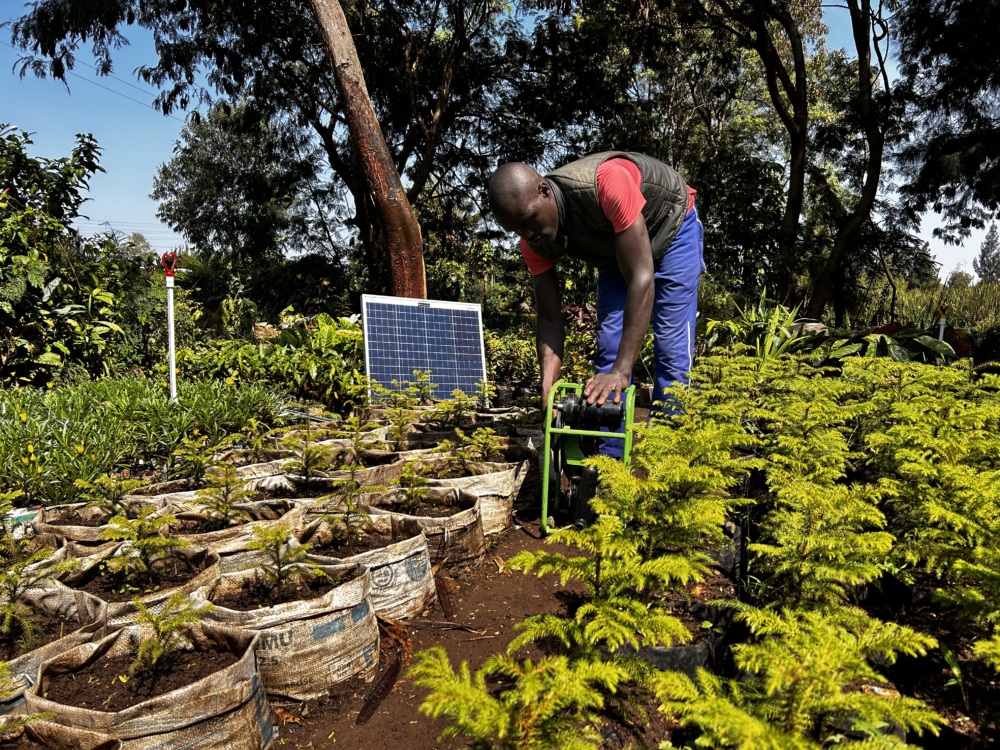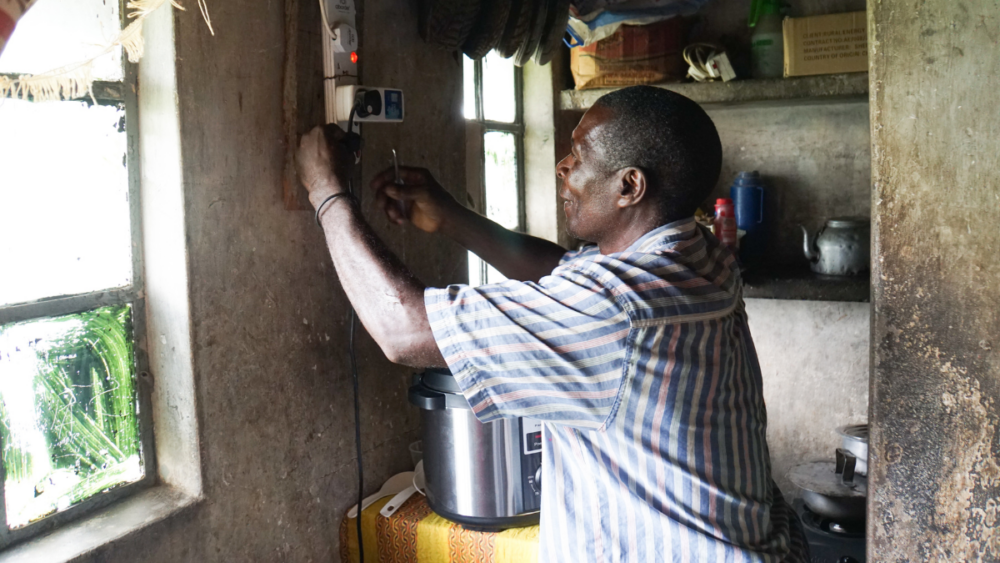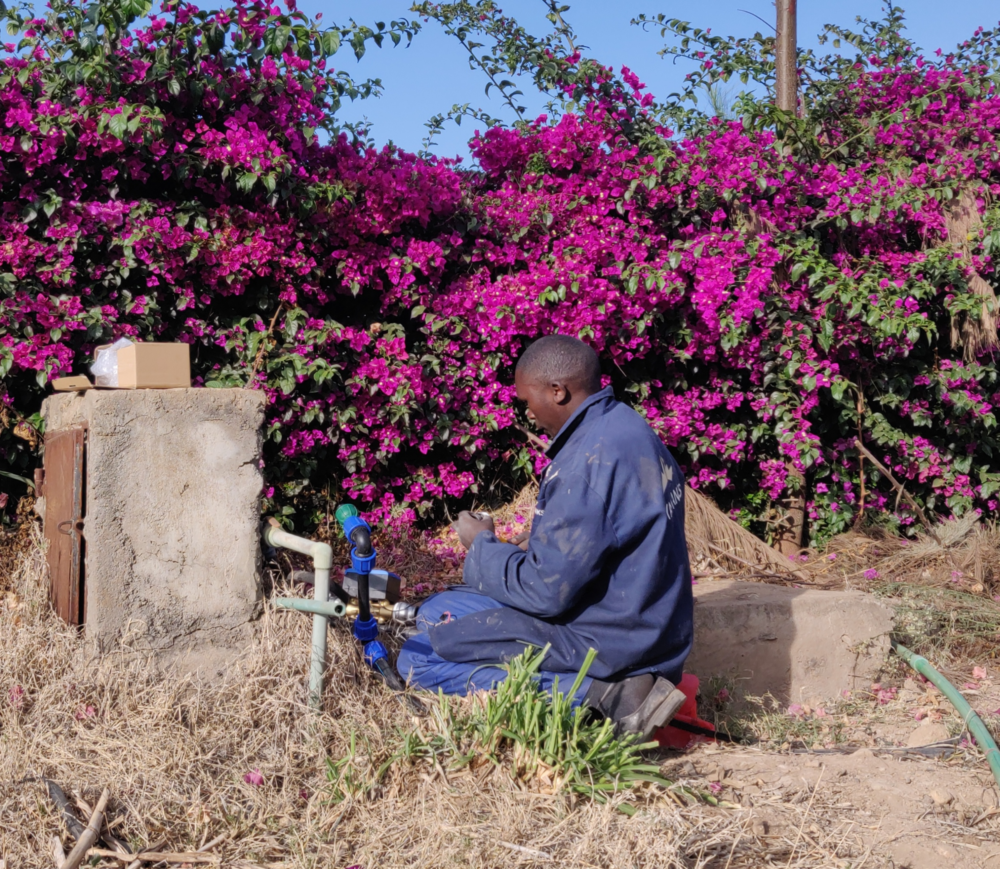Off- and Weak-Grid Appliance Market: Ethiopia
Summary
This country profile covers relevant market and appliance performance data for off-grid appliances sold in Ethiopia based on findings from an Efficiency for Access market survey. It provides market insights to help inform sector stakeholders and encourage higher market penetration for high-quality off- and weak-grid appropriate appliances.
Most of Ethiopia’s population (78%) lives in rural areas, and only 36% of that population has access to electricity. Urban dwellers are well-electrified, with 93% of people having access to electricity. Still, households and businesses experience frequent power outages even in grid-connected areas. For example, a World Bank study found that 80% of surveyed companies in Ethiopia experienced frequent power outages – 8 times per month, for 6 hours on average during each outage. This unreliable access and large unelectrified rural population provide an opportunity for increased energy service delivery for Ethiopians via solar home systems and accompanying off-grid appliances.
CLASP, as co-Secretariat of Efficiency for Access, engaged a local consultant in collecting appliance data and reporting on the market conditions in Ethiopia. Our findings reveal that although Ethiopia’s solar market is emerging, with great potential for growing its productive use of renewable energy (PURE) product market, the solar appliance sector is nascent. Obstacles such as appliance affordability, low consumer awareness, and inconsistent interpretation of tax policies and importation guidelines require resolution for continued growth.
Read the full report for detailed insights on the off- and weak-grid market landscape, the common power type, size, price, and warranty of off-grid appliances sold in retail markets, and other findings relevant to sector stakeholders working in Ethiopia.
Download the Off- and Weak-Grid Appliance Market: Ethiopia report here.
About Efficiency for Access
Efficiency for Access is a global coalition working to promote renewable and energy efficient appliances to deliver clean energy to the world’s poorest people. It is coordinated jointly by CLASP and the UK’s Energy Saving Trust.



